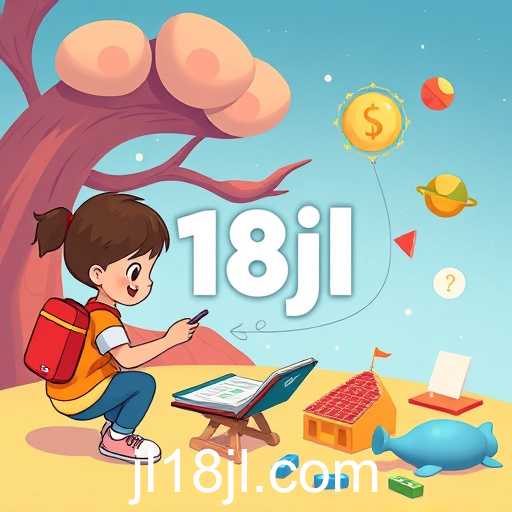Exploring the impact and significance of educational games in modern learning environments, and how they stimulate intellectual curiosity and engagement among learners of all ages.
In recent years, the realm of educational games – often tagged with online keywords like '18jl' – has witnessed a remarkable surge in popularity and application. These interactive platforms serve as a bridge between traditional learning methodologies and the engaging technology that dominates the lives of digital natives. As educators and parents seek innovative ways to impart knowledge, educational games have emerged as a powerful tool for engaging students through interactive learning experiences.
Educational games are specifically designed to teach users about specific subjects, expand concepts, reinforce development, or aid in skill acquisition. They cover a wide range of topics, from basic arithmetic and grammar to complex subjects such as coding, science, and history, making them suitable for a broad age range of learners.
One of the pivotal strengths of educational games is their ability to stimulate cognitive development by immersing players in challenges that require critical thinking, problem-solving, and decision-making. By providing immediate feedback and rewards, these games enhance motivation and engagement, thereby facilitating a deeper understanding of the subject matter.
Moreover, educational games cater to diverse learning styles. Visual learners benefit from the rich graphics and animations, auditory learners from sound effects and narrations, and kinesthetic learners from the interactive elements of gameplay. This inclusivity ensures that various learners can derive value from the same educational tool.
Despite the myriad benefits, educational games also face challenges that require careful consideration. Factors such as age-appropriate content, educational validity, and the balance between entertainment and education need to be meticulously managed. Developers and educators must collaborate to ensure that these games not only engage but also educate effectively.
Recent studies have shown that integrating educational games into formal education settings can result in significant academic improvements. Schools that have adopted these tools report increased student engagement, improved grades, and a greater enthusiasm for learning subjects that were once deemed challenging or mundane.
In conclusion, the proliferation of educational games underlines a transformative trend in the educational landscape. As technology continues to evolve, these games will likely become even more sophisticated, offering personalized learning experiences that cater to the individual needs of each student. As we embrace this digital shift, educational games stand out as a testament to the promising future of interactive and experiential learning.




